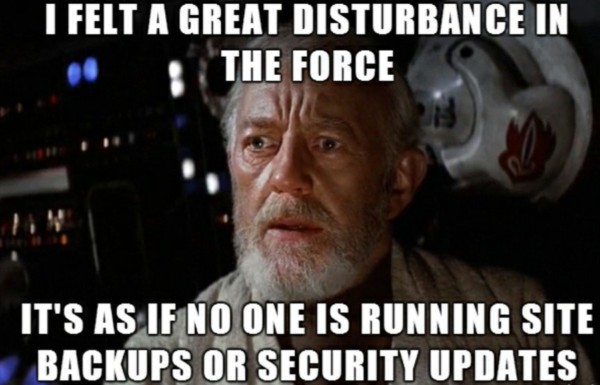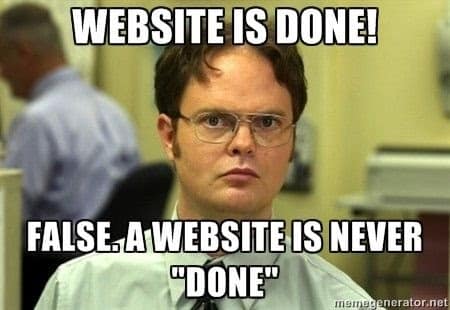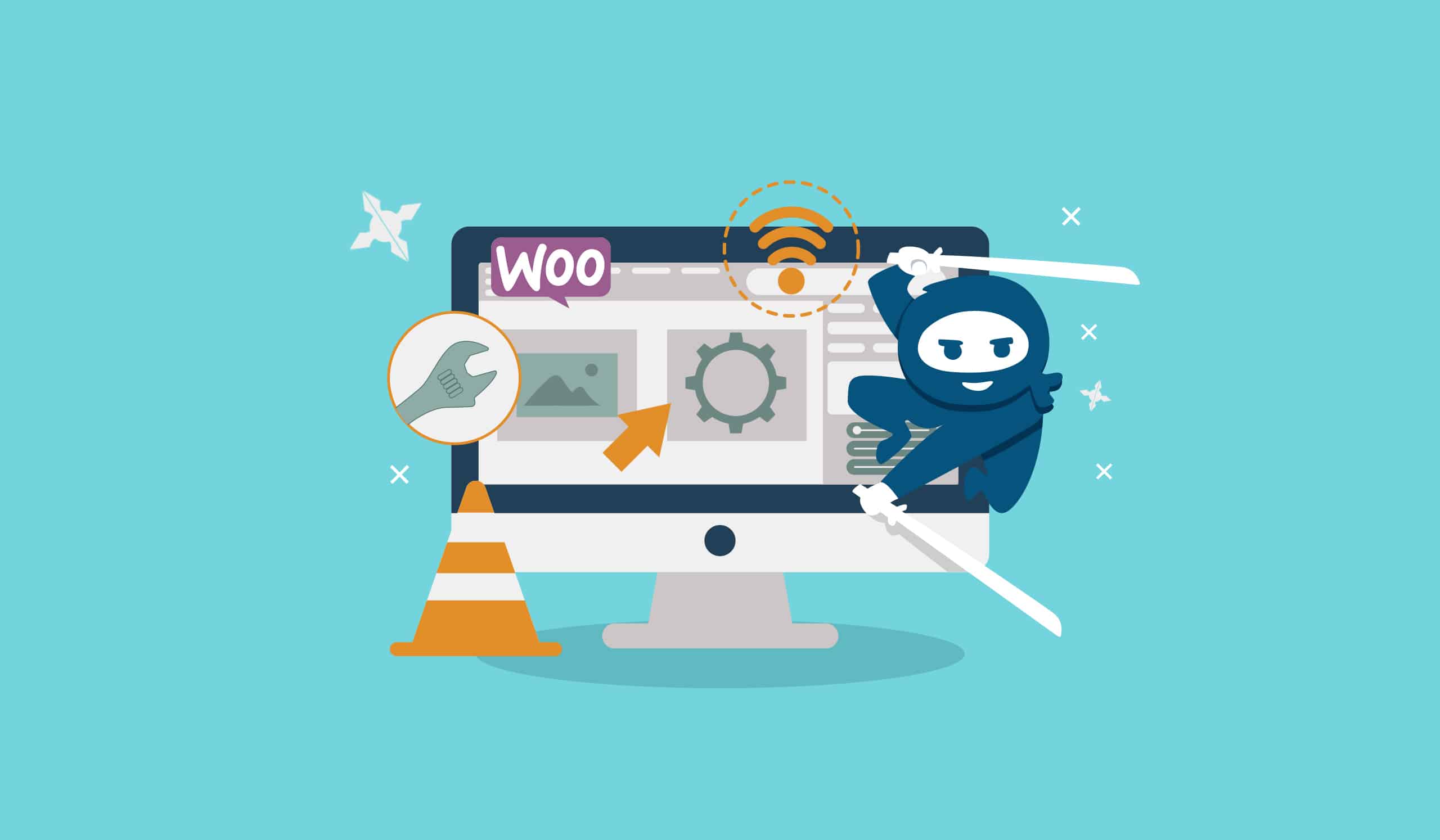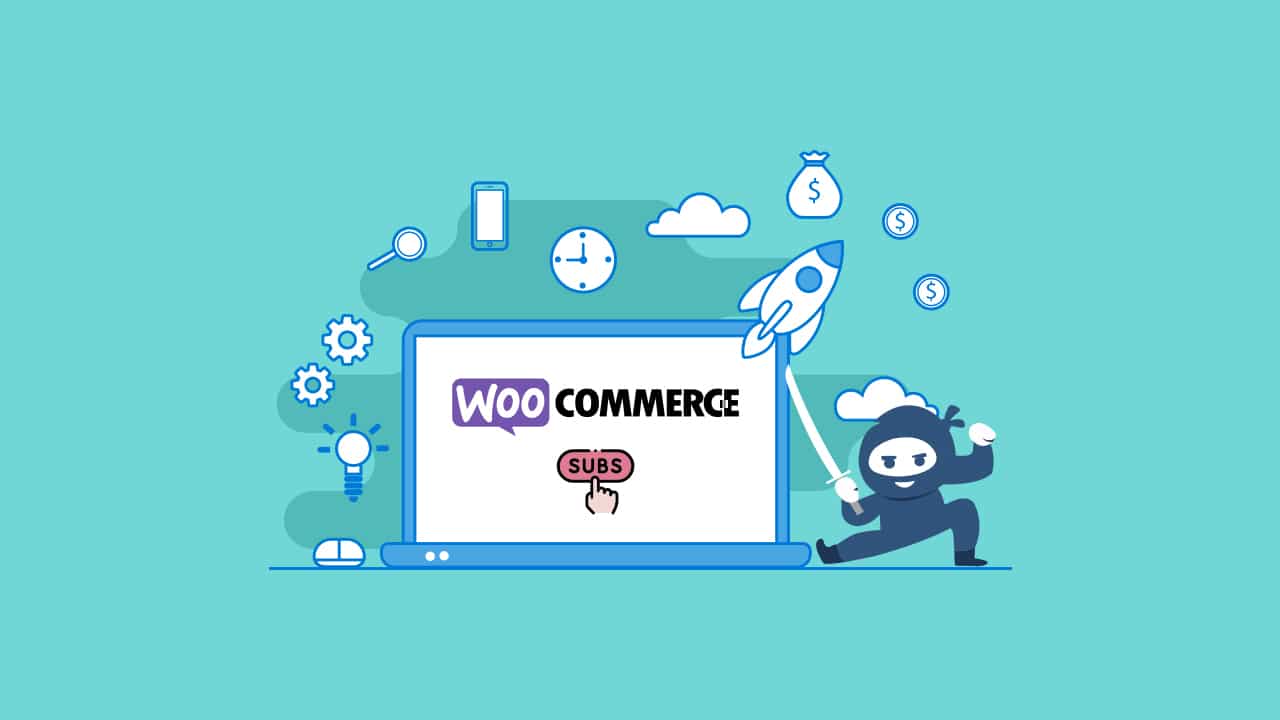Running an online business might seem less complicated than running a physical store, but the online store’s certainly don’t run on their own. A WooCommerce website needs proactive maintenance. It’s also costly.
Any time an e-commerce website breaks or crashes, the business ends up losing money. The stakes are simply higher with an e-commerce site, so you need to be proactive. The best thing you can do is take an active approach to maintenance, to make sure your site doesn’t suffer. Otherwise, if you wait until something breaks, you’ll end up constantly doing damage control and taking losses in your business.
Our WooCommerce development experts walk you through some of the things you should be doing on a regular basis to make sure your shop remains healthy!
WooCommerce Backups
The biggest challenge with doing backups for a WooCommerce site is to make sure your backup strategy is robust enough for the scale of the store. You don’t want to lose orders, inventory, or customer information (or at least do as much as you can to minimize the loss of this important transaction). All of this data may change on a minute-by-minute basis, so you need to backup much more frequently than a static site. So that when something goes wrong you will have the latest data to restore the latest orders and sales.

Updates
We recommend using a staging site to test all the updates including those for WordPress Core, the WooCommerce Plugin, WooCommerce theme, and any other WooCommerce add-ons and plugins you might use.
Once everything is tested and updated on the staging site then you can apply updates to your live site. This will mitigate the risk of downtime if any of the updates end up breaking the site. However, it is important to keep everything up to date as this protects your store from identified security threats and ensures things work smoothly.
Testing
It’s always a good idea to test your website after updates, and that requires more than just loading the homepage and calling it good. You need to test the Checkout process and payment gateways
Checkout Process
The Checkout process includes Shipping and Payment gateways, and it is best to check both before the customer complains that shipping is not calculating or the payment method is not working. Most payment gateways provide sandboxes for testing purposes, so you can submit test orders on your staging site. But in order to test the check-out process on a live site, the best method would be to buy low-cost products, if the price of the products is higher and no such products are available then the secret coupon codes could be used to provide discounted prices on these products.
Speed Test
Run a third-party speed test on your site as part of your monthly maintenance. Most reliable speed tests will flag problem areas — take these seriously and do what you can to fix them. Make sure images are compressed, only use trusted plugins and themes, and combine functionality where you can to avoid bloat.
Monitoring
Below are some of the important metrics that should be regularly monitored.
- Analytics: An important part of maintaining your online storefront is keeping a close eye on your analytics. You can track metrics like overall traffic, sales, orders, refunds, discounts used, and taxes collected.
- Downtime: You should keep track of how many times your site is down during the week and for how long. Downtime can mean lost sales for an e-commerce website, so this is an important metric to track
- Filter spam: Spam comments and reviews can slow down your site and hurt your reputation. Part of your regular maintenance should be to monitor reviews and comments. You should also take account to prevent or stop any spam from being published on your site. Additionally, a part of your anti-spam monitoring should be focused on preventing bots from registering on your e-commerce site.
Security
Security is one of the most important factors in the maintenance of an E-com website. While WordPress does not save credit card information, you still have a responsibility to protect your customer’s personal information.
Here are some of the things you can do to keep your online store safe:
Malware Detection
Running security scans is the most important task in keeping the site safe from hack attacks and cyber threats. There are several ways for you to check the site for any Malware Detection. You can use Sucuri Sitecheck to scan for malware and use their plugin to get rid of the code. Another option is to use the WordFence plugin the plugin allows you to run malware scans and remove any threats and malicious code.
Brute Force Attacks
The most common cyber attack and threat to any E-Com site is brute attack, The brute force attack method exploits the simplest form of gaining access to a site: by trying to guess usernames and passwords, over and over again, until they’re successful. This type of attack can be stopped by using a security plugin such as WordFence plugin, this plugin would only stop the user from using brute force attack but also record the IP of that user which can be added to the block list
SSL certificate
Running a website that processes payments, an SSL certificate is really non-negotiable. (Your website should include “https” at the beginning of your URL). An SSL certificate encrypts the data that is transferred from your site browser to the server so that no third agent (hacker) can read the data, the encryption is done to the forms so that no sensitive information is leaked.
Pro-tip: Make sure your WooCommerce site is PCI DSS compliant to strengthen your site’s security.
Storefront Maintenance
Online stores, just like physical stores, need constant love, care, and attention. With new products added to the inventory, old products discontinued, and sales or seasonal campaigns taking place, there are a lot of moving parts to keep tabs on in an e-commerce site.

It is important to make monitoring and updating your storefront a part of your monthly (or even weekly) WooCommerce website maintenance. Here are some storefront maintenance tasks you should keep in mind:
- Reconsider your product selection – Depending on the type of business you are in, you might need to switch up your product offering on a frequent basis. For example, a lot of fashion stores constantly update their product catalogs based on seasons and trends. Failing to update your product selection and falling behind the latest trends can end up costing you your sales.
- Update product pages – You should make sure your product pages stay true to your product or service and showcase it in the best possible light. In order to do this, you might need to rethink your landing page design and copy every once in a while. You might also need to update photos and videos and add new reviews and testimonials. This is even more important for people selling software or electronic devices that are constantly enhanced with new features and technologies.
- Discounts and promotions – Discounts and promotions are part of nearly every online store’s marketing strategy. Adding and discontinuing discount codes, starting an affiliate program, or adding new sale banners and pop-ups are all tasks you will have to manage and monitor on a regular basis.
WooCommerce Website Maintenance Options
Hire in-house developers
If you have the resources to spare, you might choose to hire an in-house team to handle all of your WooCommerce maintenance. However, this can be very expensive. In most cases, businesses can get the same quality maintenance service by hiring a WordPress maintenance service from an expert or an agency at a much lower cost.
D-I-Y
If you are very tech-savvy, have plenty of time to spare, or are running on a tight budget, you might prefer to handle your own site’s maintenance. This can be a great option for those with a smaller WooCommerce site and simple maintenance needs. However, as your business scales and you devote more and more time to growing your business, outsourcing maintenance can become a better choice.
Work with a freelancer
One of the alternatives for outsourcing your WooCommerce maintenance is to hire a freelancer. Depending on your needs, you might need to hire several people, including a developer or a webmaster. You’ll find freelancers with varying skill levels and prices online. When hiring a freelancer you should be careful to choose someone with good experience, that understands your business, and with who you can properly communicate and collaborate.
Hire an agency’s maintenance service
Finally, you can outsource your WooCommerce maintenance to an agency that offers specialized services in this area. Agencies typically work with many clients resulting in a lot of experience, tried-and-tested maintenance processes and access to plenty of resources giving them an edge over freelancers. Additionally, you get the option of paying for a maintenance package rather than having to pay a freelancer by the hour.
WooCommerce Maintenance
In order to deliver a good customer experience and make more sales, it’s important to stay on top of your WooCommerce website maintenance. While maintaining a WooCommerce site might seem like an impossible feat, following the simple list of recommendations outlined above can set you up for a great start.
However, many store owners struggle with finding time to devote to their websites, while managing the full scope of their business. Thankfully, you don’t have to deal with maintenance on your own. As we mentioned above, there are many different options for outsourcing your website maintenance needs. Among them, you’ll find the WooNinjas WooCommerce maintenance plans, which we put together after working with WordPress and WooCommerce for 10+ years.
Have any questions? Reach out to our team of WooCommerce experts! We’d love to hear more about your project.



